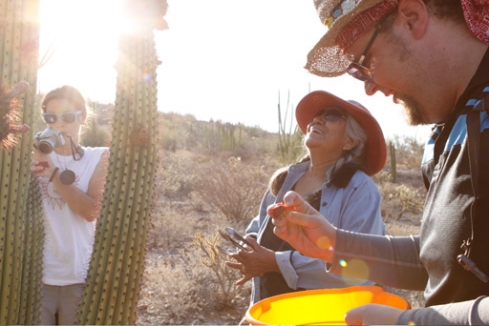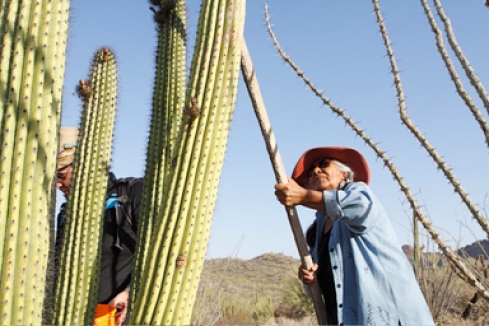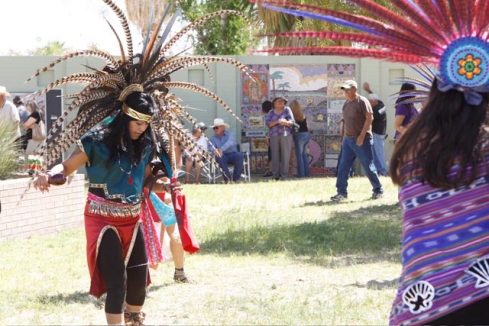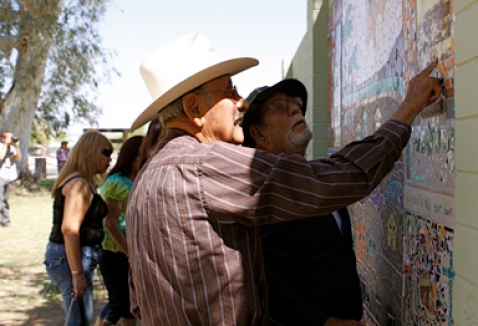Artists as Drivers of Community & Economic Development
The International Sonoran Desert Alliance (ISDA) was formed in 1993 by members of the Tohono O’odham Nation and residents of Sonora, Mexico and Ajo, Arizona. Ajo is a small town in the heart of the Sonoran Desert—10,000 square miles of the hottest, most fragile desert ecosystem in North America. ISDA’s mission is an uncommon blend of concern for community, culture, and environment. It is rooted in the belief that environmental conservation and preservation can—and should—coincide with a community’s economic sustainability.
In the words of Executive Director Tracy Taft, “We started out as an environmental organization, then became a community development organization, then took the arts and the creative energy of the arts as our primary tool for community and economic development, and became an arts organization. But we are an arts organization that is thoroughly wrapped up and committed to community development, economic development, and social development.”
In 2009, ISDA received the MetLife Foundation Innovative Space Awards grand prize in recognition of the outstanding model provided by its Curley School. A site of significant local history that was an abandoned school, the Curley School has now been transformed into affordable live/work spaces for 30 artisans, artists, and creative home businesses. This 7.5-acre, eight-building campus includes an auditorium with an indoor/outdoor stage, a retail gallery, a business incubator, and work, classroom, and collaboration spaces. It was the biggest economic development project ISDA had ever undertaken. Working with regional and national partners, the organization secured Low Income Housing Tax Credits that allowed ISDA to attract artistic talent to the town and create new economic opportunities for local residents. The redevelopment of the campus also catalyzed new investment in the area overall and raised property values for surrounding homeowners.
One of the distinguishing features that earned ISDA the top Innovative Space Award was its extensive and effective community organizing practices. Ajo is a former copper mining town whose economy was hit hard when the mine closed in the mid-1980s. During planning for the Curley School project, ISDA engaged its surrounding community through a series of meetings to discover if the project had full support and would address local concerns. Of the 400 people who attended the final community meeting to approve the project, only four voted against it. This extraordinary consensus can be attributed to the transparency with which ISDA communicated its vision, solicited community members’ input, and responded to questions and concerns about the project and/or community needs.
“We’re using the arts as the catalyst for local economic development and historic preservation,” said Taft. “By sponsoring programs that share and promote traditional O’odham practices and Mexican cultural crafts, we’re upending the old social order in Ajo, which was originally built as three separate and segregated mining towns. And at Curley, people are living together and working together across cultures and across generations, creating social change through the arts.”




